
Grades:
3rd Grade, 4th Grade, 5th Grade, 6th Grade, 7th Grade, 8th Grade, 9th Grade
An overall view of mining, minerals, and their role in our everyday life. This lesson compares the past, present and future of mining and it's relativity to sustaining our way of life.
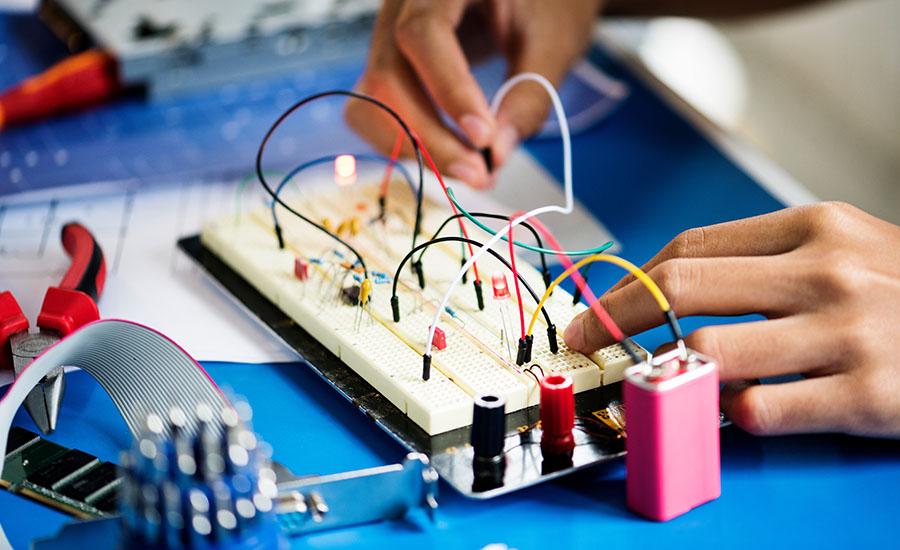
Grades:
5th Grade, 6th Grade, 7th Grade, 8th Grade
Students will use Circuit Playground Express and create a DIY Burglar Alarm

Grades:
4th Grade, 5th Grade
This is a simple, fun lesson to teach about air pollution. This lesson teaches students what air pollution is and what causes it. Students will put petroleum jelly on an index card, place it outside
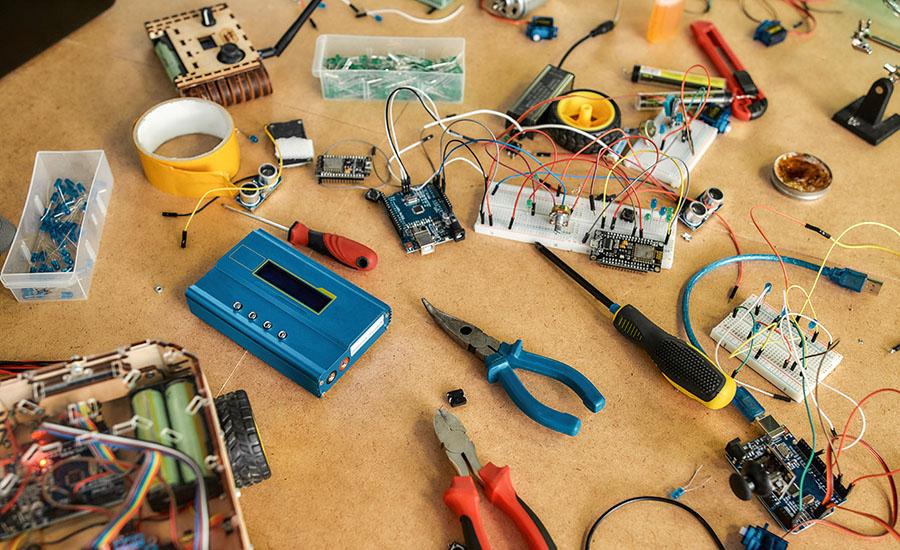
Grades:
6th Grade, 7th Grade, 8th Grade
This lesson is a follow up to a previous STEM contest lesson that detailed the KIDStruction opportunity & focused on the design phase. This lesson is intended to support the building phase and is
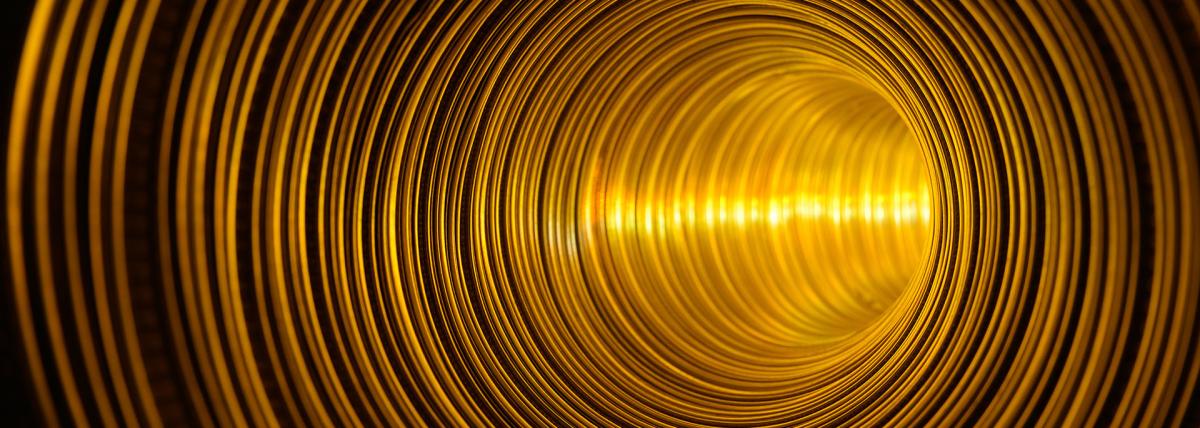
Grades:
5th Grade, 6th Grade
This is a lesson plan made to target the fifith grade standard on how noncontact forces impact one another. It can be adapted to grades 5-12. Students will explore magnetism and polarization, research

Grades:
3rd Grade
The lesson objective is to develop an enduring understanding of desert plants (especially cacti), conduct photosynthesis, and how their structures function to help them survive in the desert. An

Grades:
5th Grade
This 5th grade lesson incorporates Mad Lib, micro:bits and learning how to code on Makecode.org. This lesson is teacher directed to walk students to add variables and text value. Students will use

Grades:
2nd Grade
This 2nd grade lesson incorporate the book, We are Water Protectors by Carole Lindstrom, and Ozobots. Students will discuss the beginning and ending of the story and discuss how characters respond to

Grades:
7th Grade, 8th Grade, 9th Grade, 10th Grade, 11th Grade, 12th Grade
Students will use projectile motion as practical example to better understand how parabolas (quadratic equations) are built. Students will also tabulate x and y values on Google Spreadsheets and graph
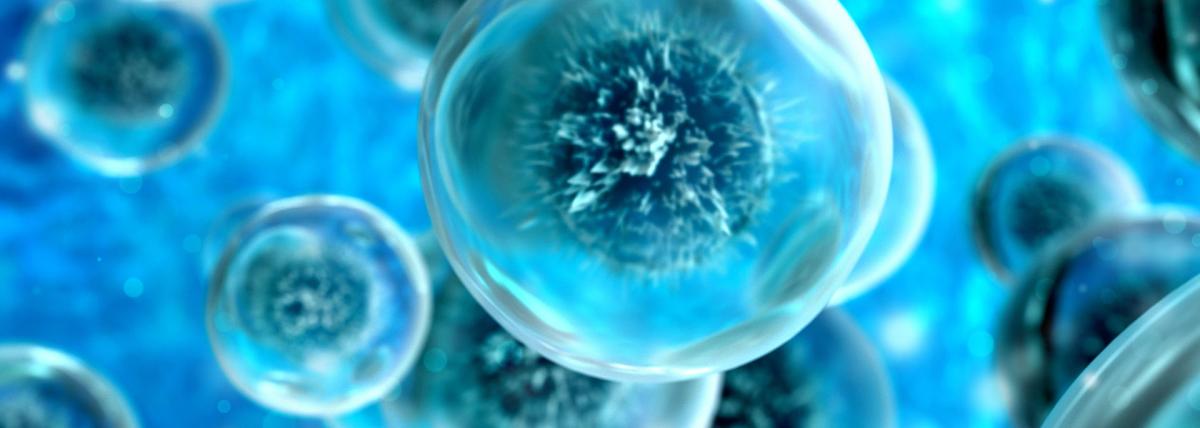
Grades:
4th Grade, 5th Grade
This lesson on nanotechnology for 4th and 5th graders introduces students to the concept of scale by exploring the incredibly small measurements used in nanotechnology. Through engaging activities

Grades:
9th Grade
This is a cash cow lab experiment, students are going to apply their experiment at the lab. it's a biotech labs that uses the fact that molecules of different sizes move at different speeds

Halt, Who Goes [in/out] There? Structure and Function of the Cell Membrane in Different Environments
Grades:
7th Grade
The purpose of this lesson is to engage 7th-grade students in a hands-on investigation of how salt concentrations affect plant cells. By exploring the process of osmosis, students will gain a deeper
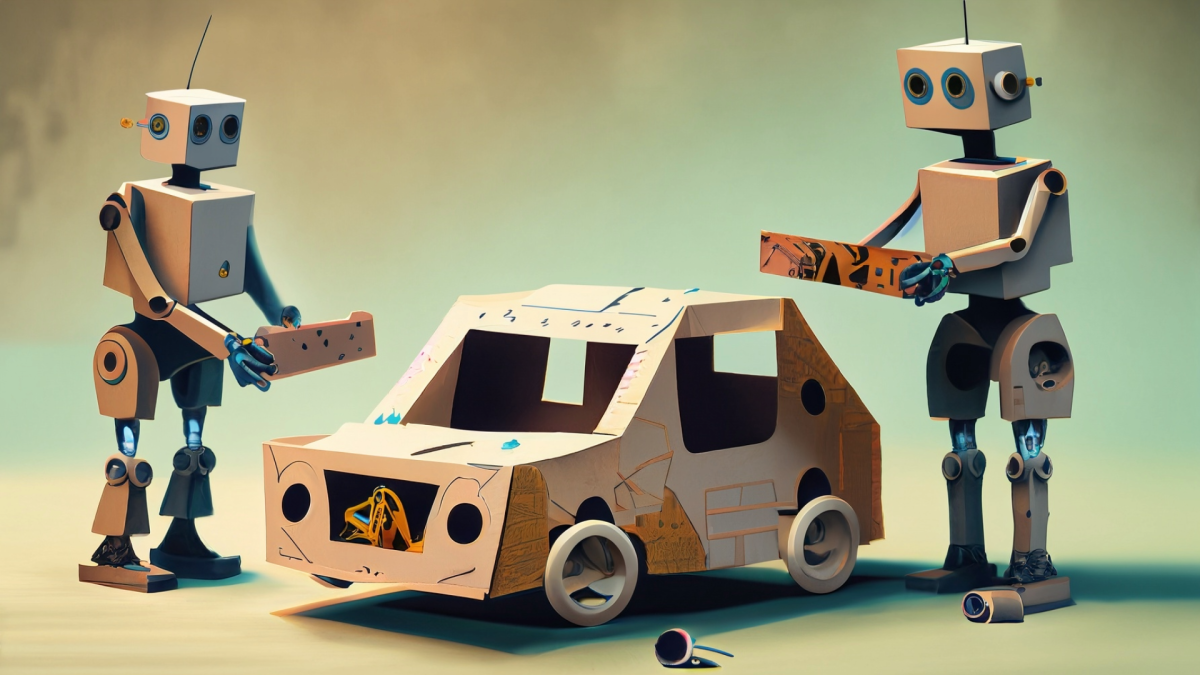
Grades:
6th Grade, 7th Grade, 8th Grade
Students will begin by brainstorm and designing a cardboard shell for a remote control car. They will practice iterating on their designs, troubleshooting the process, measuring the cardboard and
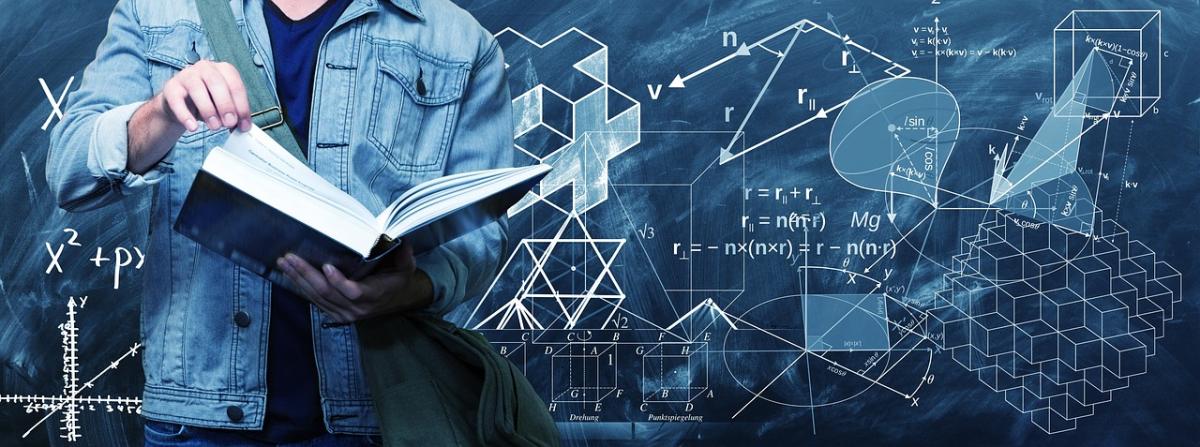
Grades:
4th Grade, 5th Grade, 6th Grade
This activity is designed to give students an introductory lesson into measurement. Students will pick out a LEGO creature, measure the creature, then use 3D design software like TinkerCAD to design

Grades:
Kindergarten, 1st Grade, 2nd Grade, 3rd Grade, 4th Grade, 5th Grade, 6th Grade, 7th Grade, 8th Grade
Most students are likely familiar with popular films like Happy Feet, Surf’s Up, Penguins of Madagascar, and classic books like Mr. Popper's Penguins. Capitalizing on this familiarity with penguins
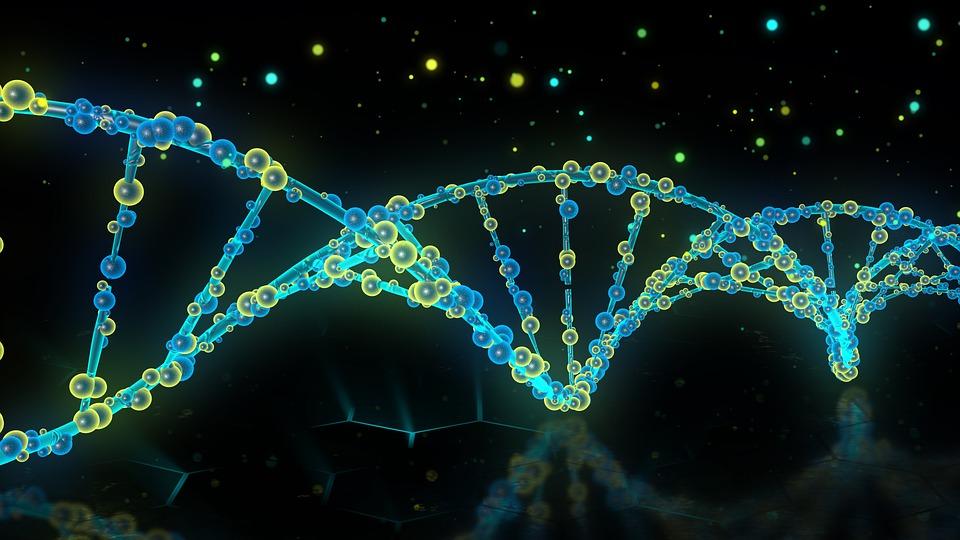
Grades:
3rd Grade
Students compare the structures and functions of traits that enable organisms to survive in a specific environment. Analyzing the traits of animals provides evidence for how those traits vary, how
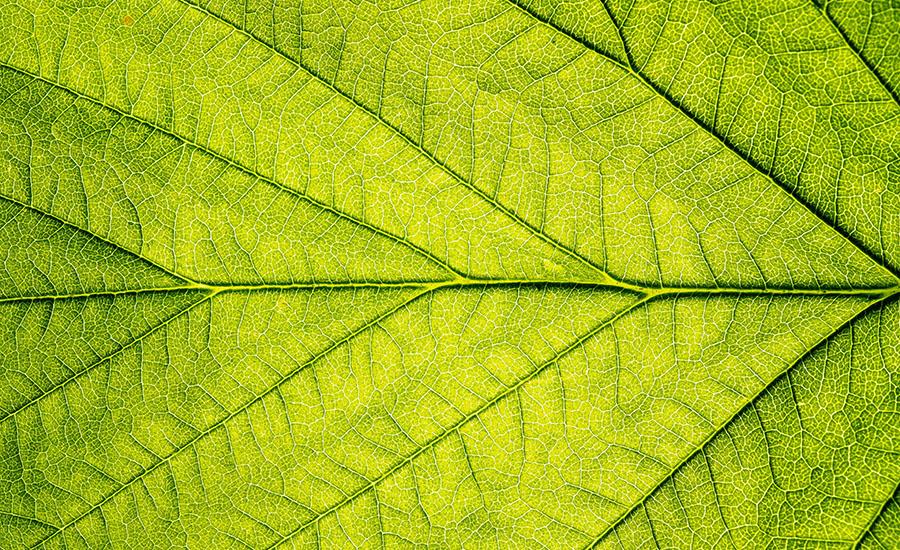
Grades:
7th Grade
Learning the difference between the two cells while learning the function and structure of both cells and creating an analogy and drawing on canva to help students remember.
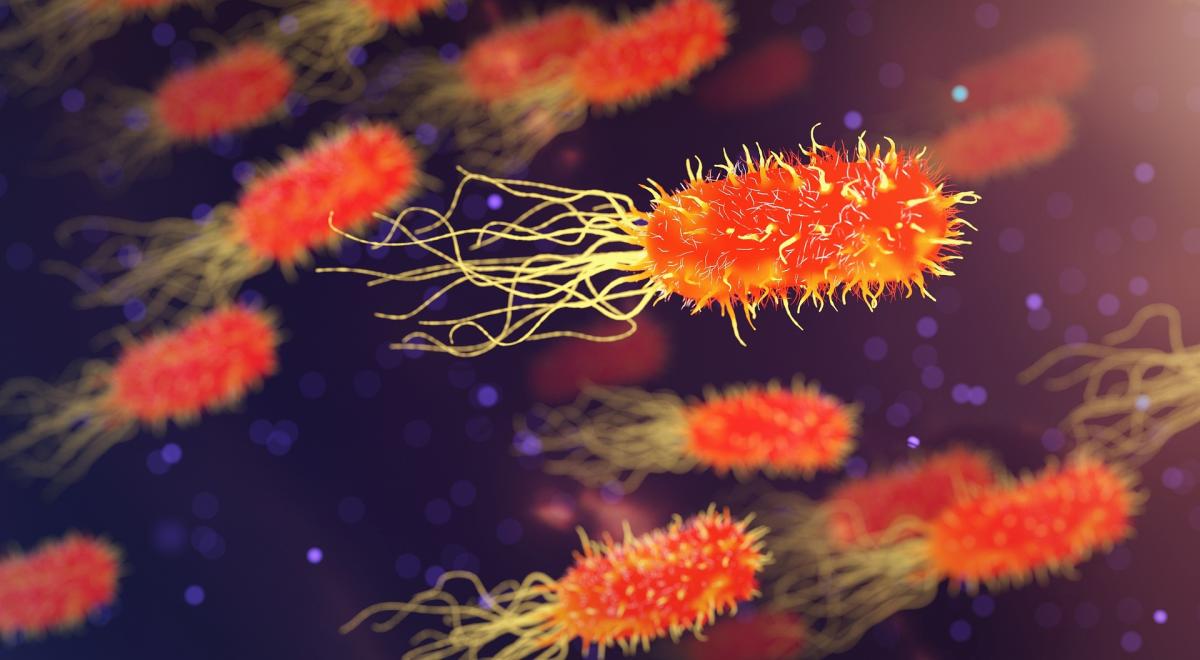
Grades:
7th Grade
Students will learn the parts of a microscope, the importance of them and how to use them to view specimens.

Grades:
9th Grade, 10th Grade, 11th Grade, 12th Grade
A high school physics lesson plan asking students to use guided inquiry and discover how current moves through series and parallel circuits. Students then share their results by using technology to
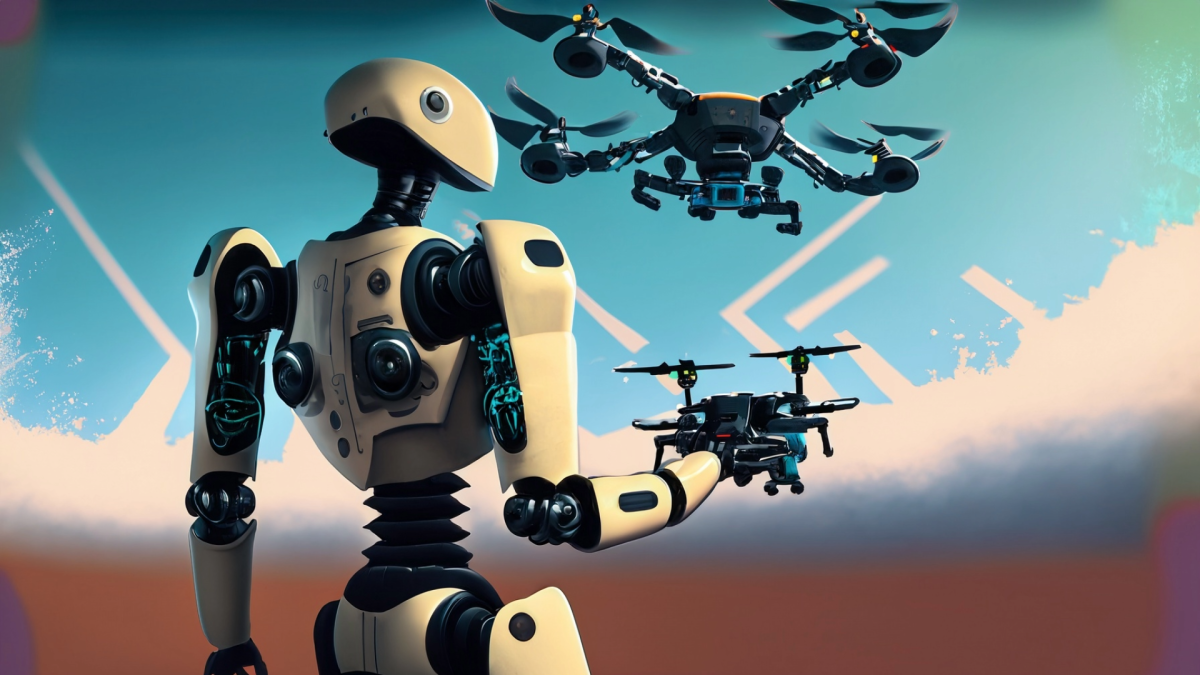
Grades:
7th Grade, 8th Grade
In this lesson students will work in teams to research the different parts of a drone obstacle course with the intention to build and race it themselves.

Grades:
9th Grade, 10th Grade, 11th Grade, 12th Grade
In studying science, we are limited by the bounds of our own senses when collecting data. By developing technology that allows us to enhance and extend our senses, we can study things we would not
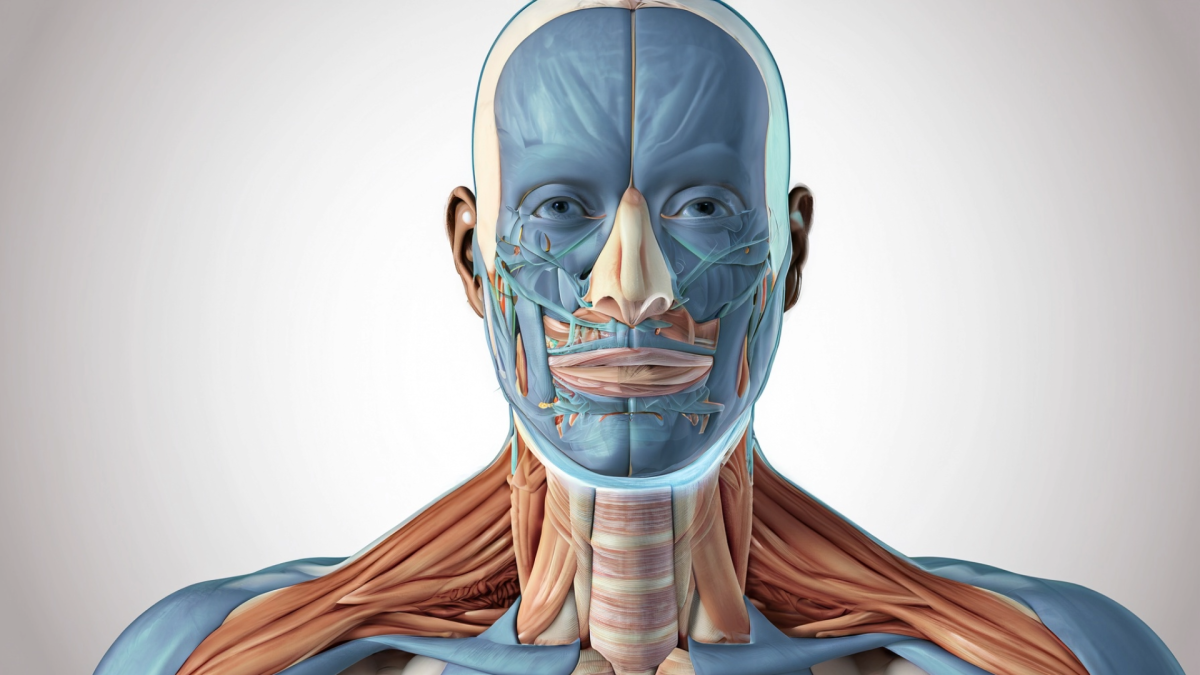
Grades:
7th Grade
Human cells function best within a specific temperature range. Recent scientific data has shown that extreme high temperatures can have detrimental effects on our cells. In fact, repeated exposure to
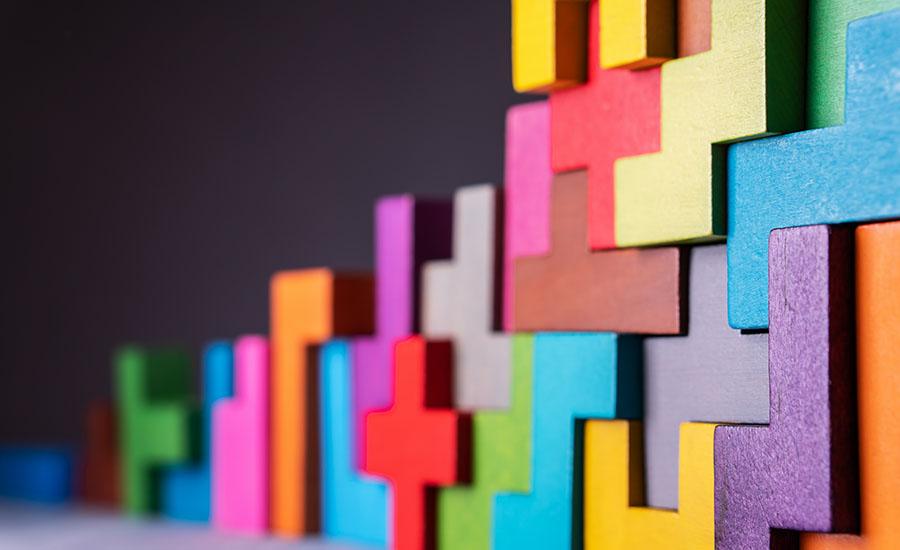
Grades:
4th Grade, 5th Grade, 6th Grade
Students will explore how fashion and design inspire present-day life and influence messaging and culture. They will create a 2D design of a shoe and then a 3D rendering of a sneaker using CAD

Grades:
9th Grade, 10th Grade, 11th Grade, 12th Grade
Students will use Gel Electrophoresis to diagnose the dominant, fatal, genetic disorder of Huntington's Disease, a neurodegenerative disorder caused by an excessive number of CAG repeats in the DNA


